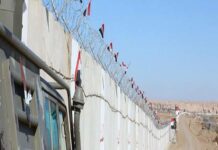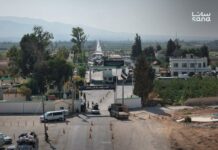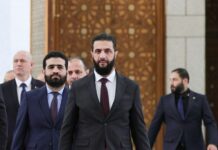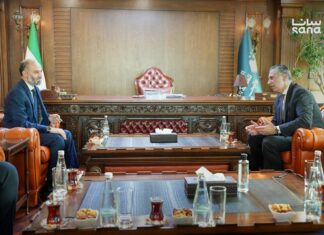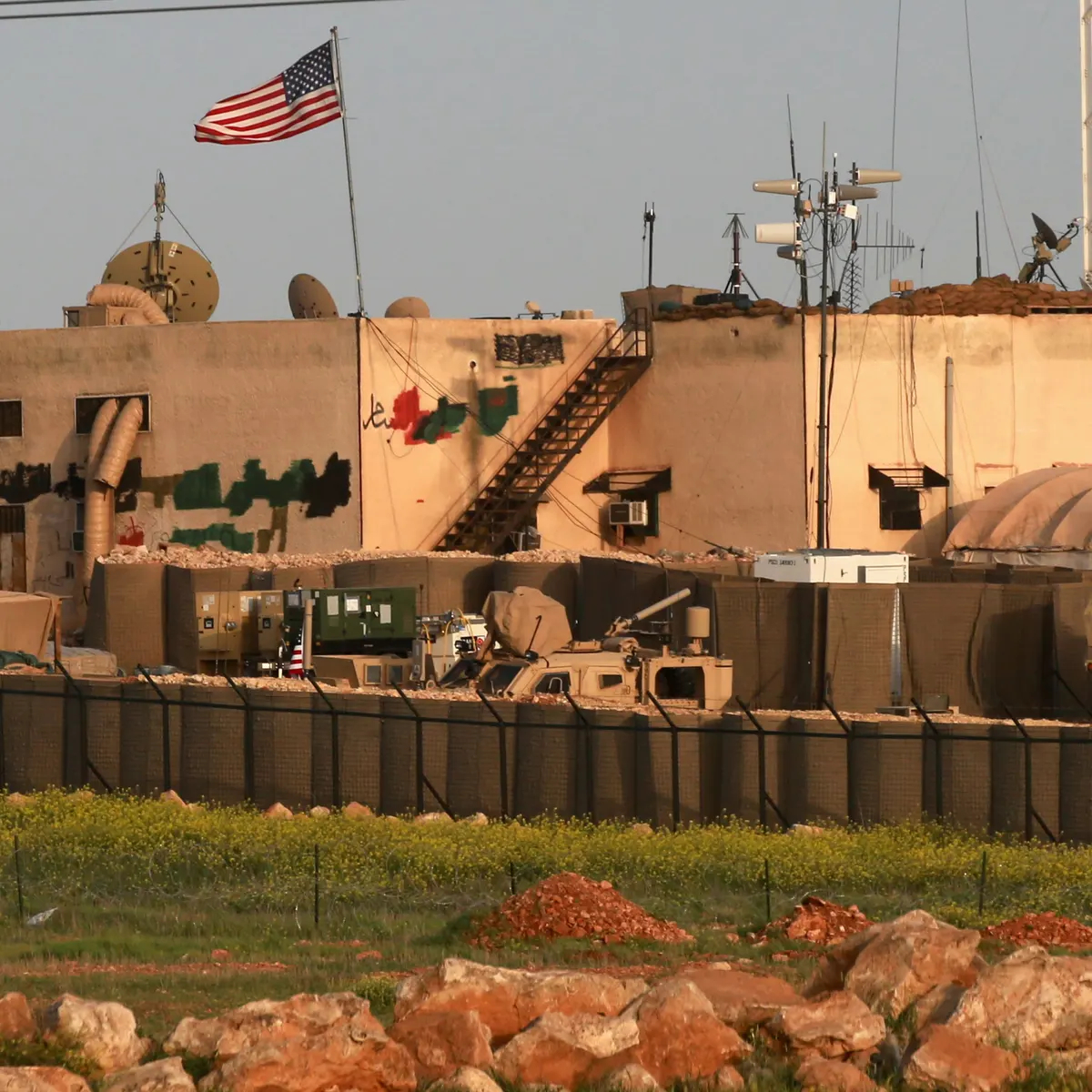
In the wake of Israel’s illegal siege and relentless attacks on Gaza’s civilians, the situation in Syria has also escalated. Assad and Russia have increased attacks on civilians and IDPs in liberated territories of northern Syria using the events in Gaza as a cover while Iran and its affiliated militias continue to pose an increased threat to both US troops and Israel. Recent developments indicate a surge in military activities, fortifications, and the deployment of advanced weaponry by Iranian-backed groups.
Affiliated groups of Hezbollah’s Radwan unit, led by prominent party leaders Hajj Noureddine Shuaito and Hajj Abbas Salem, have recently arrived in the northern countryside of Daraa, Syria. Equipped with anti-armor missiles and Iranian-made Ababil drones, these militias have established a presence near the village of Suhailiya. Simultaneously, the Imam Hussein Brigade militia has mobilized its forces, including members armed with mortars, rocket launchers, and anti-armor missiles, near the city of Daraa.
Hezbollah has been actively fortifying its positions and constructing a military parade runway within the headquarters of the 82nd Air Defense Brigade near Sheikh Miskin in the Daraa countryside of Southern Syria. This effort aligns with the strategic redeployment of forces along the border area with Israel, indicating a potential escalation in future confrontations. Additionally, drones have been transferred from Hezbollah’s military facilities in Ghazlaniyeh to the aforementioned brigade’s headquarters.
During a clandestine visit to Syria, General Esmail Qaani, commander of the Quds Force of the Iranian Revolutionary Guards, set up a joint operations room for Iran’s allies in Syria and Iraq. This room aims to enhance coordination among Iranian-backed groups and is expected to play a crucial role in decision-making involving Iranian proxies in the region. The visit underscores Iran’s deepening influence in the region and its commitment to supporting its allies.
In recent incidents, unidentified drones targeted US positions in Syria, resulting in minor injuries to US troops, with an Iraqi-based group taking credit for two drone attacks on the al-Tanf installation and an IDP camp near the base. The attacks on the al-Tanf garrison and an oil facility in eastern Syria, housing American troops, highlight the growing threat posed by Iranian-backed militias. These attacks follow similar drone strikes on US and coalition bases in Iraq, reflecting simmering anger in the region after a devastating explosion at a Gaza hospital.
The increased threat from Iran and its proxies in Syria poses significant risks to both US troops and Israel. The presence of Iranian-backed militias near the Israeli border raises concerns about potential cross-border attacks and the smuggling of weapons to Hezbollah. For US troops, the drone attacks underscore the need for heightened vigilance and robust defensive measures to protect their personnel and assets. However, the greater concern though remains the expansion of the conflict in the region and a prolonged suffering and hardship for the Syrian people.


